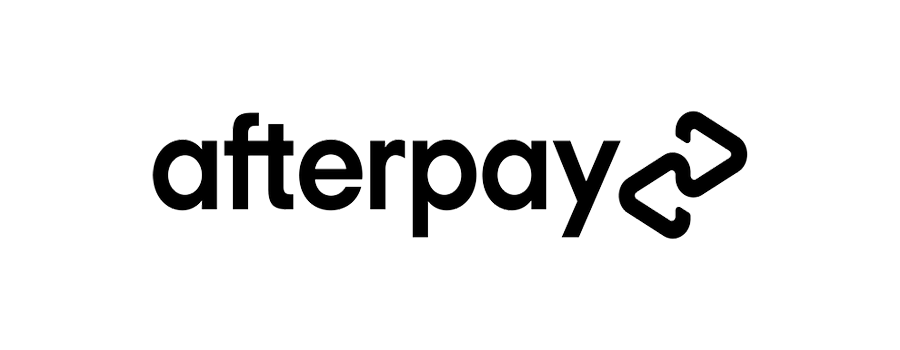Call Center Productivity

Book a personalized demo with a Playvox expert
What Is Productivity In A Call Center?
Call center productivity is based on the efficiency and effectiveness with which contact center agents handle customer interactions, such as incoming calls, emails, chats, and social interactions.
Some of the most common contact center agent performance metrics used to measure call center productivity are:
- Average Handle Time (Average time it takes to resolve a customer inquiry)
- Average Wait Time (Average time a customer is waiting to be connected to an agent)
- First Contact Resolution (Percentage of interactions where the inquiry was resolved during the first interaction)
- Utilization Rate (Percentage of time an agent is handling interactions or doing work to help a customer)
Why Is Call Center Productivity Important?
Call center productivity is an important metric to measure because low contact center agent productivity can cost a business a lot of money. In times where doing more with less is critical, the first place a business should look to save costs is with their people and processes.
The quality of customer service and support also can have a direct impact on the productivity of a contact center. A more productive contact center will have shorter wait times and higher First Contact Resolution rates, possibly leading to increased customer satisfaction.
But it’s important to understand the complexities of those metrics to know if they are leading to improved satisfaction or if customers are left feeling rushed and problems are unresolved.
How To Measure And Improve Productivity In A Call Center
Measuring productivity in the call center can be tricky, but if you have the right contact center software that can help provide real-time and historical data for the most important call center productivity metrics, it will be a breeze.
Agent Impact
Let’s first look at your customer support agents, since that will be your largest cost pool and likely the area where you can make the most significant impact. It’s important to think about a day in the life of an agent and where productivity can go wrong.
1. Are they working on what they are scheduled to do?
Look at schedule adherence and schedule compliance metrics. For now, we will assume that your forecasting is accurate. If that’s not an issue, you need to examine whether your agents are focused and compliant in working on the channels assigned and whether they are taking breaks at the most optimal times to maintain service levels.
2. How long does it take them to handle a general inquiry in each channel they work on?
This is an important one because this metric will vary by channel. It’s important to understand what the right handle time is to achieve a positive experience, so it may take time to understand what is too long or too short.
3. Do your contact center agents place customers on hold often or need to engage other agents to help them service a customer?
Having contact center software that can automatically detect holds and dead air is a great way to maximize efficiency and understand where you may have an issue. This may point to slow systems — or a lack of knowledge on how to best help a customer.
4. Are your agents engaged?
Disengaged agents can be very costly to a company and disrupt overall productivity. Using the metrics above as well as contact center manager check-ins can determine if you have any issues to address.
Manager Impact
Now let’s look at the processes and contact center software your managers and schedulers are using to understand if they are supporting a productive environment.
1. How accurate is the forecast to actuals?
This is critical and directly will tie to your agents’ schedule adherence. If you are not forecasting the staff you need with accuracy — across all your channels — your agents may be self-correcting this by working in channels not assigned. It’s unproductive behavior and to avoid that you need a WFM solution that will accurately forecast multichannel agents across all the channels in your business.
2. What is the occupancy rate?
This measurement is ultimately looking at how busy your agents are. Typically this is measured by looking at the total handle time divided by the total time available. The benchmark for this metric is typically 85-90% occupancy across all multichannel agents. If they are not hitting that metric, this could also point to inaccuracies in your forecast, which disrupts productivity.
3. How are managers delivering coaching?
Coaching is a black hole for costs in some businesses. Look at how coaching is completed. Is it scheduled at optimal times? Is it tracked so that managers can understand the impact of the coaching session? These are the types of things you should be asking yourself to understand how productive the process is. Look for ways to tighten, integrate, measure, and track coaching to optimize the process and time spent doing it.
4. How are employees recognized?
It’s important to build a culture that is aligned with company business objectives but also recognizes employees for good performance. The right contact center solutions can help improve agent motivation and drive overall business success. If agent performance is recognized in different manual or disjointed ways, it can create inefficiency in agents’ and managers’ work days. Finding a way to drive agent motivation and agent engagement that is integrated into quality and performance solutions will ultimately create a more efficient approach and save time and money.
Customer Impact
Finally, let’s look at it from the customer perspective. After all, one of the most important business goals of any customer service team is to create satisfied customers.
1. How satisfied are your customers?
Things like Customer Satisfaction scores (CSAT) and Net Promoter Scores (NPS) are certainly good indicators to start with. Another great indicator of satisfaction is customer sentiment. Using contact center software that can automatically detect customer sentiment and surface those reports to leaders will help you address customer satisfaction issues quickly and understand how agents can more productively service customers.
2. What are your wait times by channel?
How many customers drop from the channel before they can be serviced? This is critical to measure because many people connect abandonment with voice. People abandon live chats if they are left too long. Customers also get frustrated when there is a lack of response for days from email and social engagement. Understanding what your wait times are and the Abandonment Rate across channels will indicate where you have room to improve.
Once you figure out the right call center productivity metrics to measure, it’s time to look at what needs to be improved. Since you have defined a baseline of data about the most important metrics to track, you will be able to now identify where your productivity gaps live.
Coaching is the best way to improve overall agent productivity. Obviously, schedule this during times when productivity and service levels are not impacted. But this will help address adherence issues with schedules, knowledge gaps in navigating the system, and how to solve particular inquiries. The most important part is to measure the impacts of your coaching and make sure agent productivity is moving in the right direction.
Call Center Productivity Tips
First, call center productivity is constantly evolving so this is not something that can be looked at once and forgotten. Customers change, processes change, people change, and solutions change. All of these things can impact how productive a business will be.
Consider these important tips to help you manage contact center productivity for your business:
- Know what contact center productivity metrics are the most important for your business. Every business is different, as are their goals.
- Once you know the contact center productivity metrics important to your business, ensure you have real-time visibility to them so you know when conditions change and can immediately address them.
- Reassess your agent productivity goals and key metrics quarterly. If you find that changes or dips are not happening as frequently as they did in the past, you can move to reassessing every six months — but not any less frequently than that.
- Keep an open mind. There could be additional call center productivity metrics that emerge that you will need to track, which is why tip three is so important.
The key is to always have a pulse on agent experience and customer experience. Understanding that balance and the metrics that most impact them will help drive a very productive business.
Additional Resources
No posts
No posts


